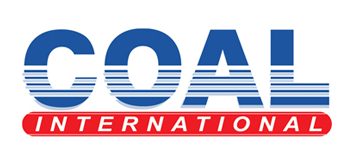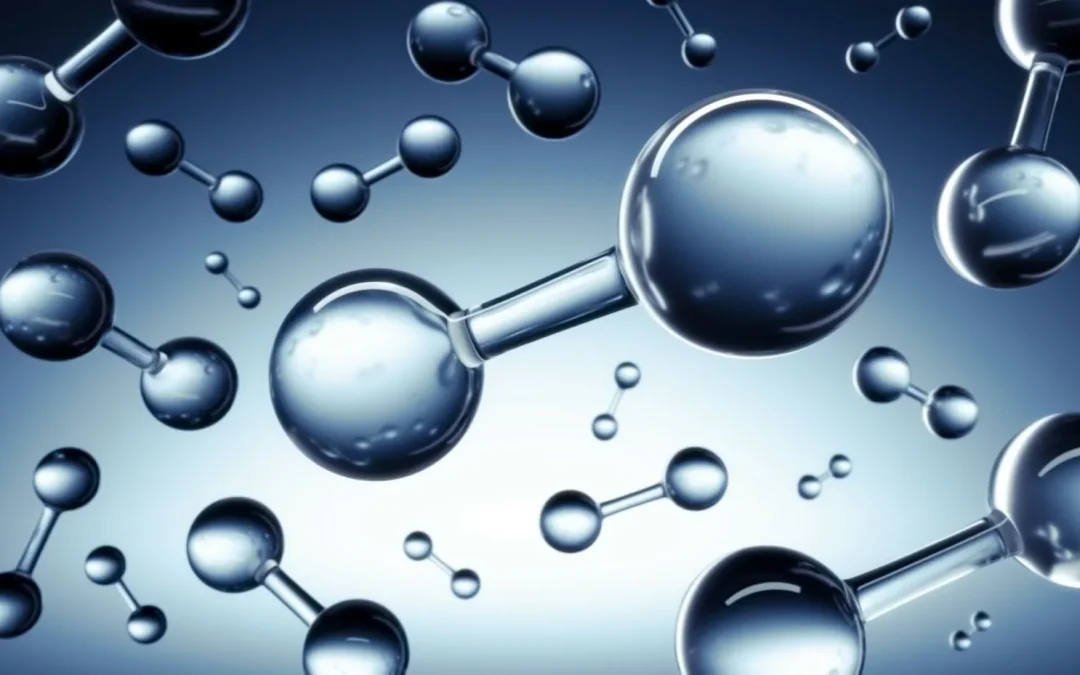The development of the hydrogen economy and the latent potential offtake for platinum group metals (PGMs) is a key underpin to the long-term view of future demand and the role PGMs will play in a changing world, Implats group executive: refining & marketing Sifiso Sibiya stated on Thursday.
Despite major economies implementing national hydrogen strategies with associated subsidies and incentives in place, the more recent pace of advancement has been slower than previously anticipated.

“This reaffirms our view that industry alignment, collaboration and advocacy are essential to supporting the future demand potential of PGMs,” Sibiya stated in a pre-recorded webcast released by Implats to coincide with the publication of its financial results for the 12 months to June 30. (Also watch attached Creamer Media video.)
In response to Mining Weekly during the Implats media round table, Sibiya elaborated on the focus of the Johannesburg Stock Exchange-listed Implats within the green hydrogen space. “We’re keen in two aspects, one, to become a dominant supplier of PGMs into that market for the electrolysers, as well as for the fuel cells themselves.”

Electrolysers powered by renewable energy generate green hydrogen and fuel cells convert the green hydrogen to clean electricity for mobile and stationary power.
While Sibiya was responding, two related news items were reaching Mining Weekly, one on electrolysers and the other on fuel cells.
In India, a second hydrogen electrolyser manufacturing subsidy auction involving 1.5 GW of annual capacity was being awarded from a tender that had been oversubscribed by nearly 2.8 GW of bid capacity.
Also coming through to our newsdesk was a media release stating that Toyota and BMW were upgrading their fuel cell alliance as part of a plan to build and sell mass-produced fuel cell electric vehicles (FCEVs). The expanded tie-up is aimed at standardising components and bringing down the cost of FCEVs, which are seen as helping to achieve carbon neutrality. BMW already has a hydrogen refuelling station in Midrand for the fleet of FCEVs it is putting through its paces in South Africa.
“As far as consumption of green hydrogen is concerned, it can be pointed out that we’ve been consuming grey hydrogen for many years in our direct reduction processes at the refineries,” Sibiya noted.
“To the extent that we’re able to have that converted by the supplier to green hydrogen, we will then have green hydrogen. However, it will not have a significant impact on our green credentials as far as carbon footprint is concerned,” he added.
Meanwhile, Implats has completed a bankable feasibility study for the establishment of a 140 MW renewable-energy facility to provide clean energy to its Rustenburg PGM complex.
Renewables and green hydrogen are closely linked. “We’ve just commissioned a $37-million renewables project generating 35 MW at Zimplats, right next to our processing facilities. At the same time, we’ve signed an offtake agreement for hydropower, which is also green, coming out of Zesco.
“That combination helps us to lift our renewable-energy consumption, not only for Zimplats, but for the group as well,” Sibiya revealed.
Impala Canada is already consuming 100% renewable electricity.
“For South Africa, the strategies are the same. We’re looking at behind-the-meter solutions, and we’ve done the studies, and we’re also looking at strategic contracts or offtakes.
“We’ve gone through a process, we’ve looked at bilaterals in the South African space. Fortunately, there has been an emergence of traders where we could look at the more flexible contracting mechanisms, and that’s what we are now busy assessing for offtake into particularly our refineries.”
PGMS MARKET
Implats achieved lower average palladium, rhodium and nickel pricing in the 2024 financial year with relative outperformance by platinum, the minor PGMs and chrome.
Rand depreciation provided only a marginal buffer to revenue, while the dollar basket price declined by 34% to $1 350 per six element (6E) ounce. Rand revenue at R25 257/6E ounce was 30% lower.
Amid low and slow global growth, automotive demand is forecast to ease and industrial demand is set to decline marginally.
Conversely, exchange traded funds have been net buyers of both platinum and palladium in 2024.
“We continue to forecast robust medium-term demand for palladium and rhodium, while the platinum market is set to grow from strength to strength,” Sibiya stated in the webinar.



